Very early, Mrs. La Thi Thu (68 years old) and her daughter, Ms. Thien Thi Thuy Trang in Cham Huu Duc village, prepared banana leaves, flour, eggs, peanuts, ginger... to make Non Ya cake and Sakaya cake with some villagers. To get a bowl of fragrant Sakaya cake, Mrs. Thu mixed the ingredients including eggs, sugar, roasted peanuts and crushed ginger, put them in small bowls and put them in a pot to steam over low heat. More than 10 minutes later, when the cake turned a beautiful golden color, with a faint aroma of peanuts and ginger, that was when the cake was done.
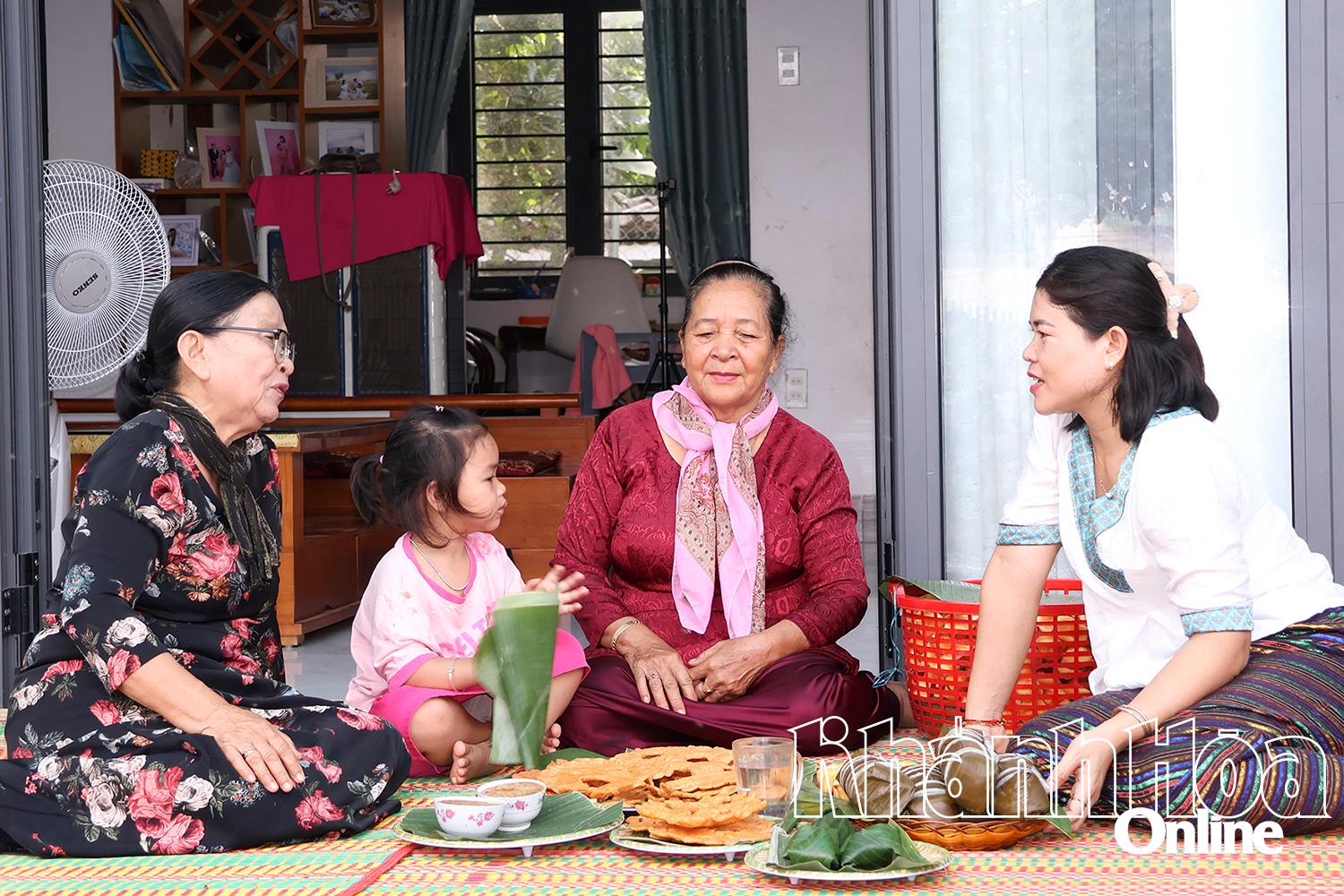 |
| Women of Cham Huu Duc village with traditional cakes. |
Ms. Thien Thi Thuy Trang shared that in the past, almost every household in the village made cakes on important occasions such as Kate Festival, weddings... Nowadays, making traditional cakes is no longer as popular as before, most people hire workers to make them instead of making them themselves. Many families no longer keep the traditional cake recipes. To restore the cake making profession with the traditional flavor, many years ago, she sought out many elderly artisans in Lam Dong province to learn. Up to now, she can make many types of traditional cakes of the Cham people by herself, and is ready to teach them to the next generations in the village to contribute to preserving the traditional culture of her people.
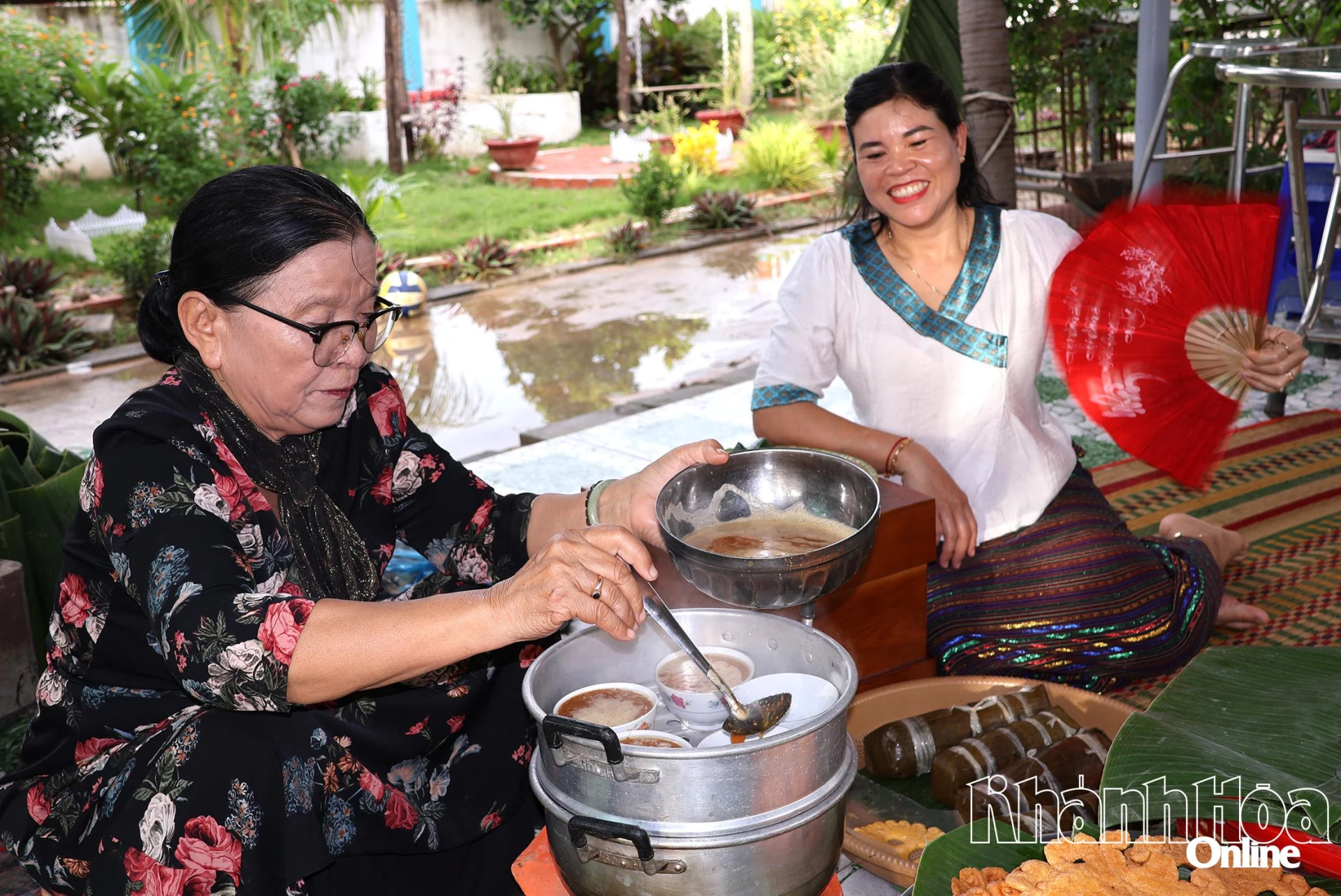 |
| Sakaya cake steaming process. |
Since childhood, Mrs. Truong Thi Dao (73 years old) was taught by her mother, an artisan, how to make traditional cakes of the Cham people. Thanks to that, she and her sisters in the family can make many different types of traditional cakes. Mrs. Dao said that the ingredients to make traditional cakes of the Cham people are simple, mainly including flour, sugar, and eggs, but all the steps must be done by hand. To make Non Ya cake, the Cham people use the main ingredients of sticky rice flour, fresh ginger, eggs, sugar, and a little yeast. The rice must be fragrant, large-grained, opaque white sticky rice, pounded into powder, then dried. The powder will be mixed with eggs and boiling water to achieve a smooth, sticky texture. At this time, the baker will put the powder in a mortar and pound it, then take small handfuls of powder and start shaping the cake. The Non Ya cake shaping stage shows the meticulousness and dexterity of Cham women when they have to use a sharp knife to help create a shape that is similar to ginger or coral branches in reality. After being fried until golden brown, the cake will be dipped directly into sugar water and candied ginger. Finally, each cake is picked up and placed on a drying tray to increase its crispiness. This method helps the cake to last longer after processing. When eaten, the cake will be very crispy, with a fatty, sweet and fragrant taste.
According to Deputy Monk Luu Sanh Thanh - Member of the Provincial Vietnam Fatherland Front Committee, Secretary of the Cham Brahman Council of Dignitaries, in the cultural treasure of the Cham people, traditional cakes have important meanings, closely associated with ancestor worship rituals, as well as the lives of the people. In the festivals of the Cham people, there are always Non Ya cakes and Sakaya cakes. The ancient Cham people were attached to the sea, so Non Ya cakes have many shapes, including the shape of a coral tree. The traditional cakes of the Cham people are all made from local products. The offerings to the ancestors of the Cham people also strictly follow the concept of the universe and human life, expressed in the materials, quantity and arrangement in the rituals. Non Ya and Sakaya cakes are used to offer to the ancestors to pray for their blessings for favorable weather, good crops, prosperity and happiness. Therefore, the traditional cake making profession of the Cham people needs to be preserved, maintained and promoted.
MA PHUONG
Source: https://baokhanhhoa.vn/van-hoa/202510/giu-gin-nghe-lam-banh-truyen-thong-cua-dong-bao-cham-ad50f7e/


![[Photo] The Steering Committee of the 2025 Fall Fair checks the progress of the organization](https://vphoto.vietnam.vn/thumb/1200x675/vietnam/resource/IMAGE/2025/10/20/1760918203241_nam-5371-jpg.webp)
![[Photo] Solemn opening of the 10th Session, 15th National Assembly](https://vphoto.vietnam.vn/thumb/1200x675/vietnam/resource/IMAGE/2025/10/20/1760937111622_ndo_br_1-202-jpg.webp)
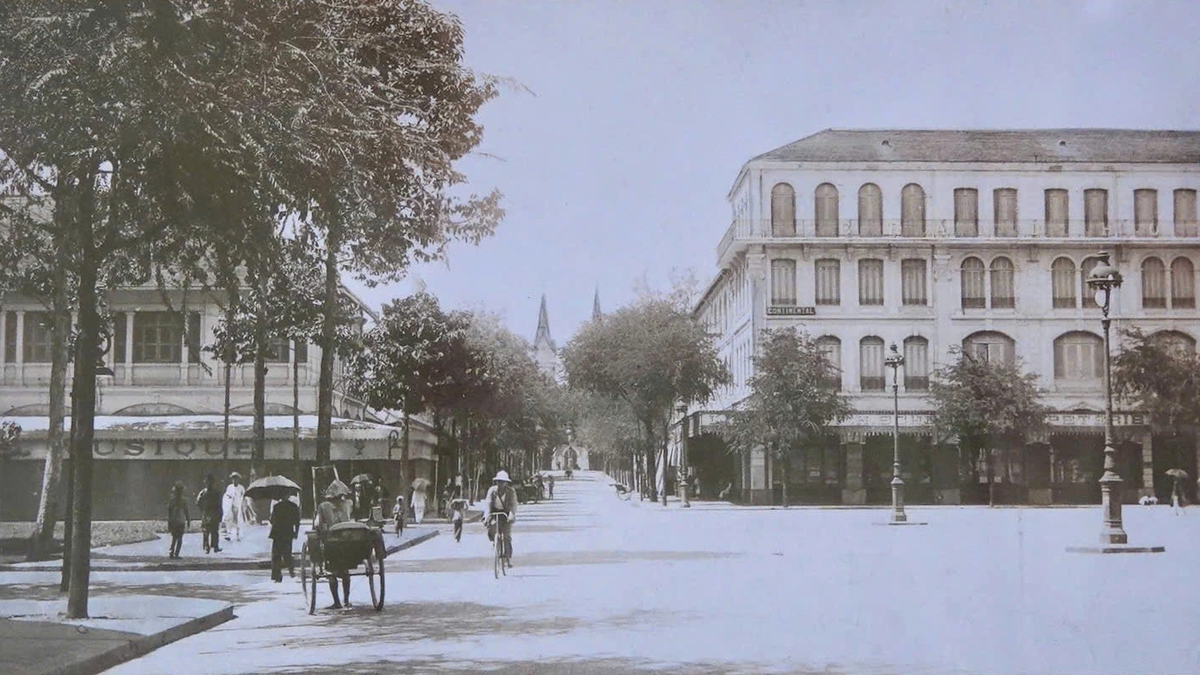

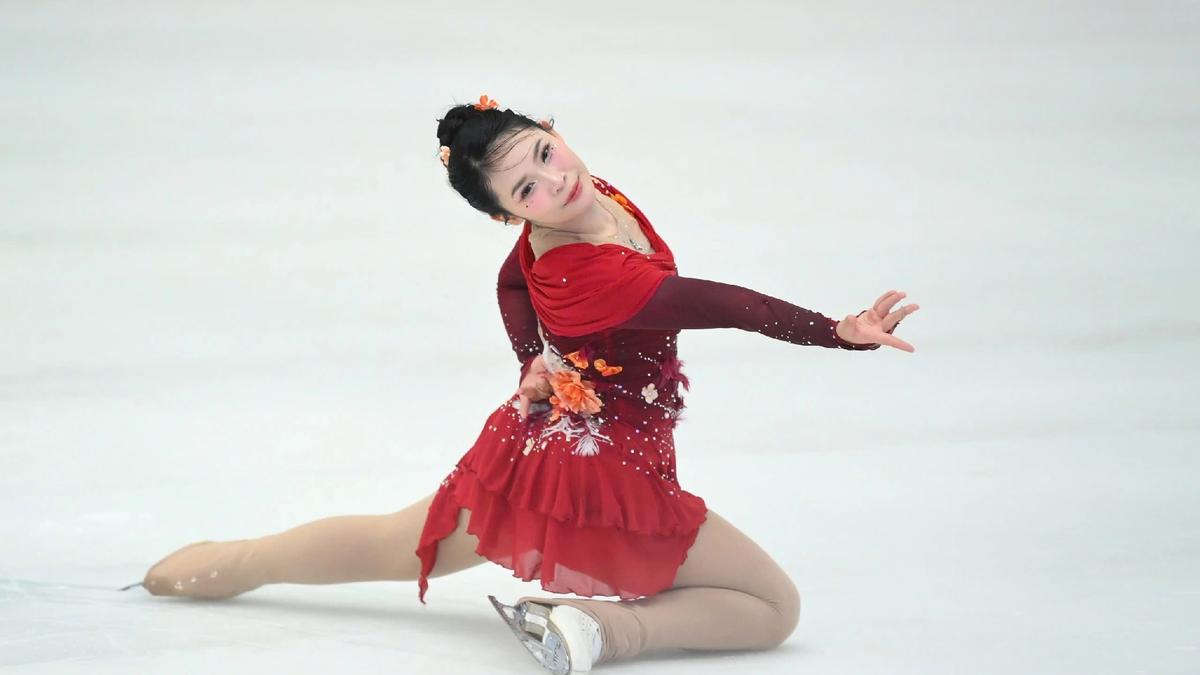
![[Photo] Chairman of the Hungarian Parliament visits President Ho Chi Minh's Mausoleum](https://vphoto.vietnam.vn/thumb/1200x675/vietnam/resource/IMAGE/2025/10/20/1760941009023_ndo_br_hungary-jpg.webp)
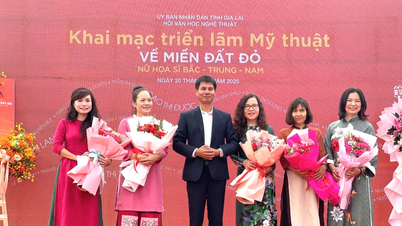

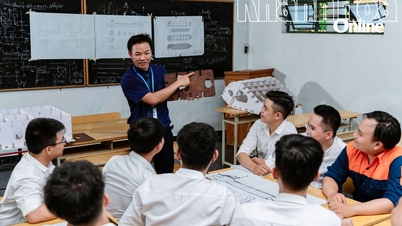
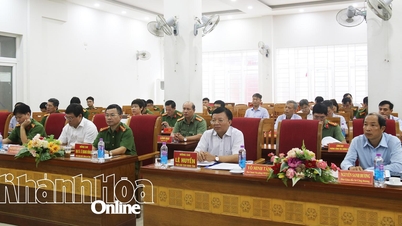
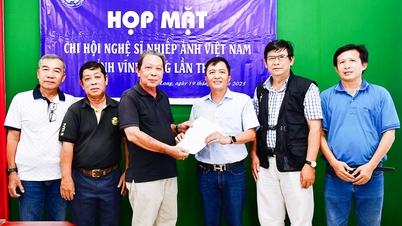

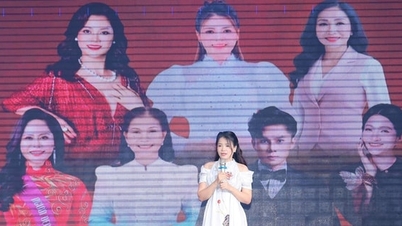







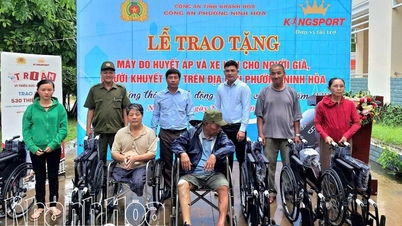

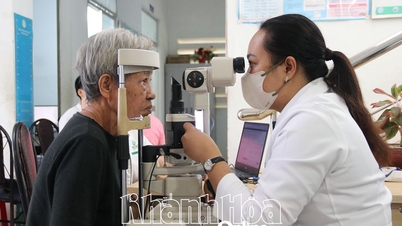
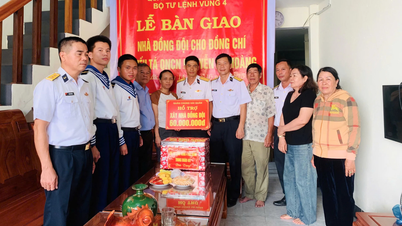
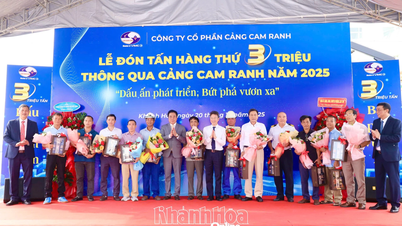
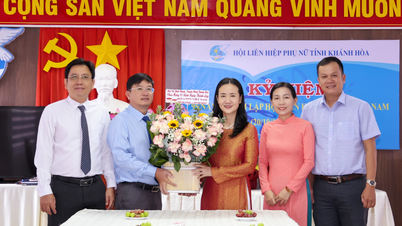

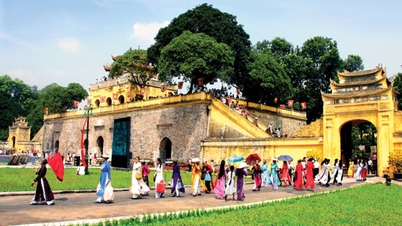
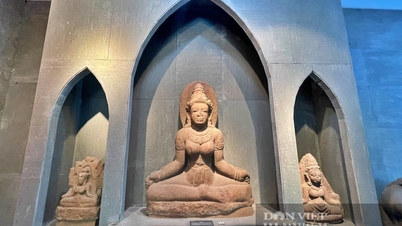

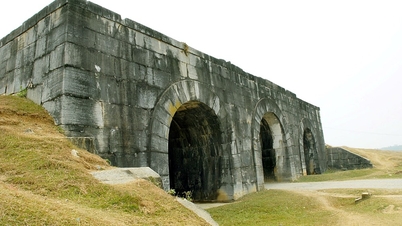

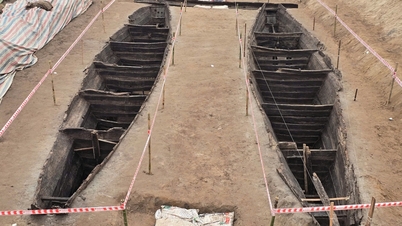

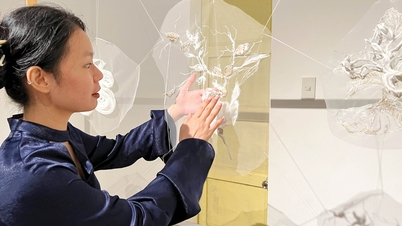

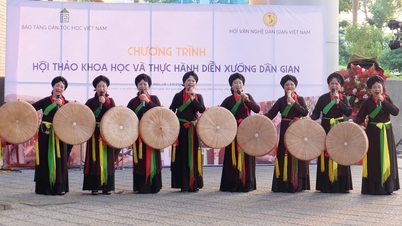

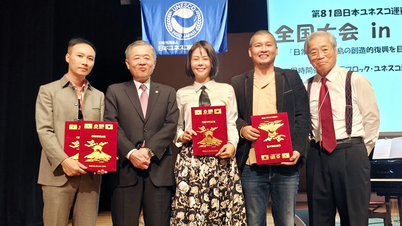

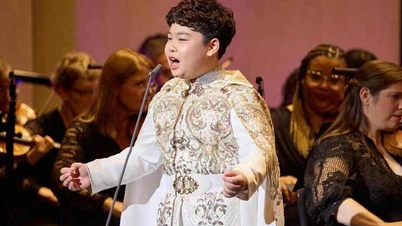

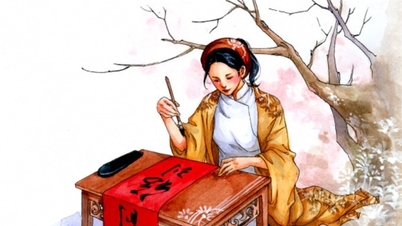
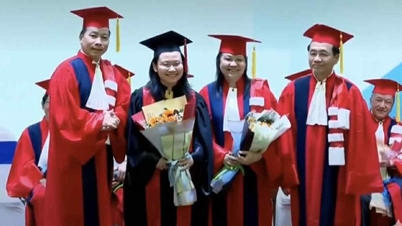



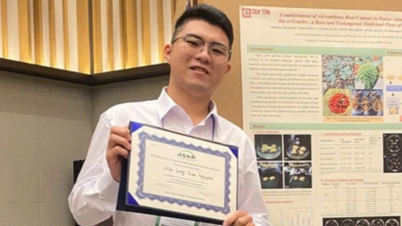


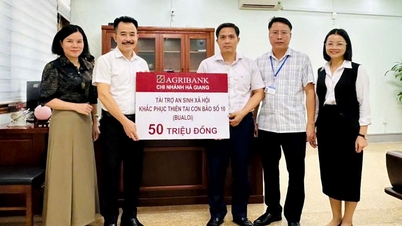

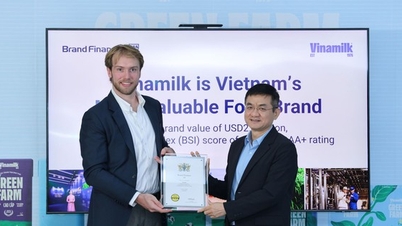




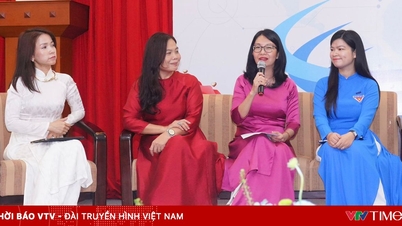








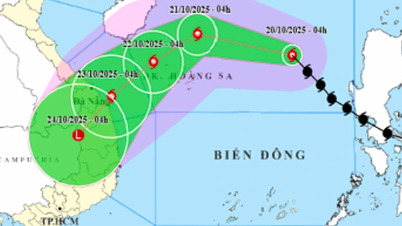


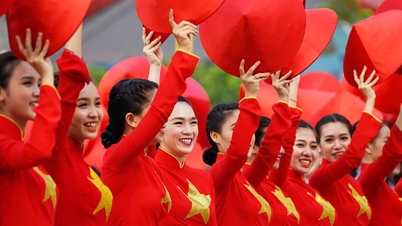

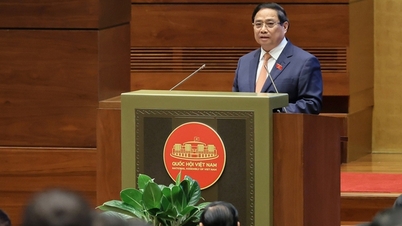


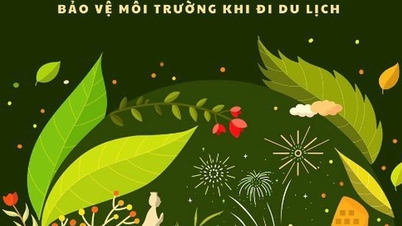
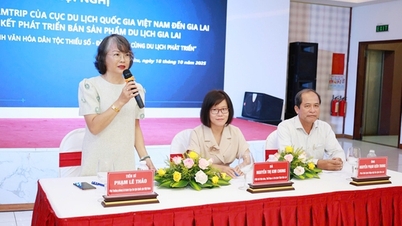
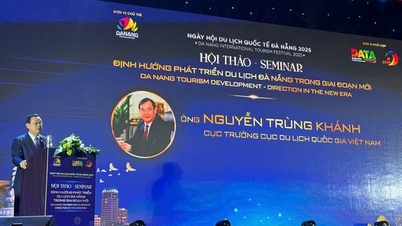
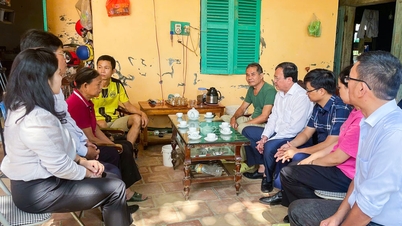
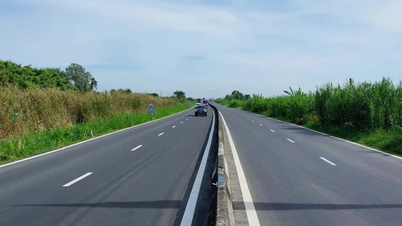

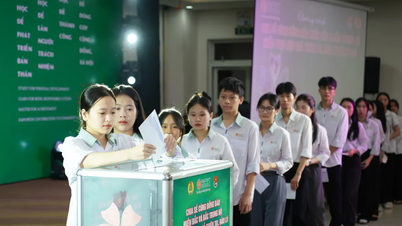
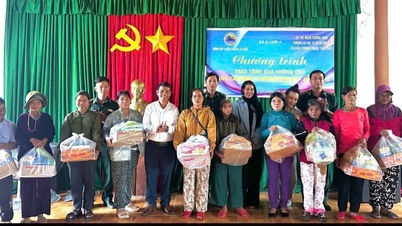
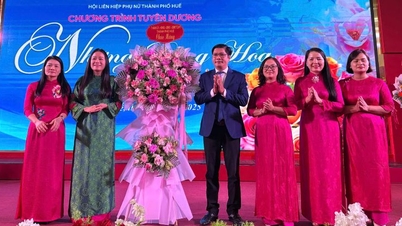













Comment (0)